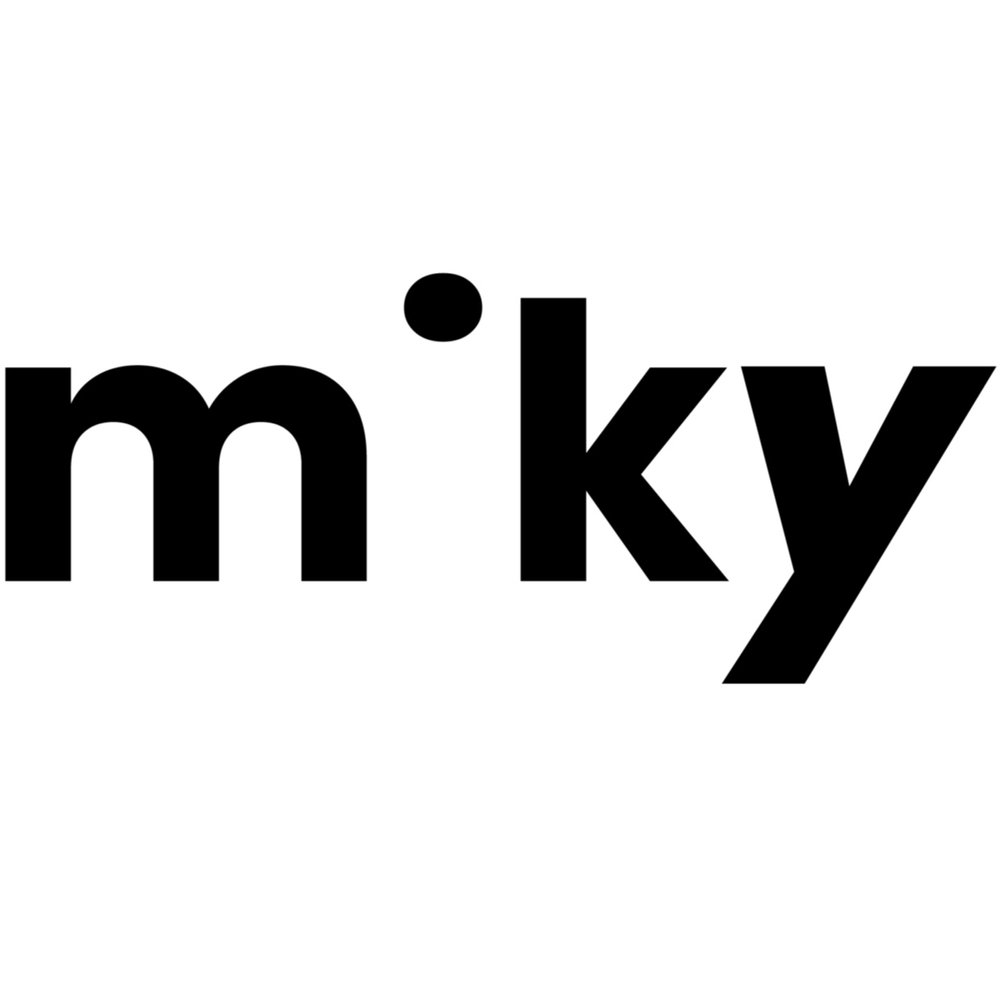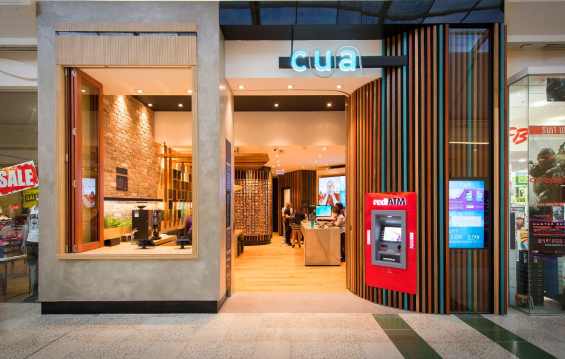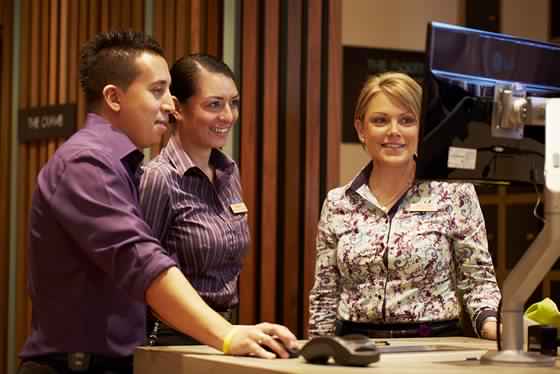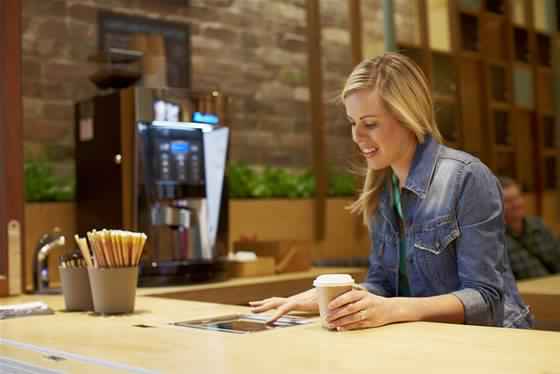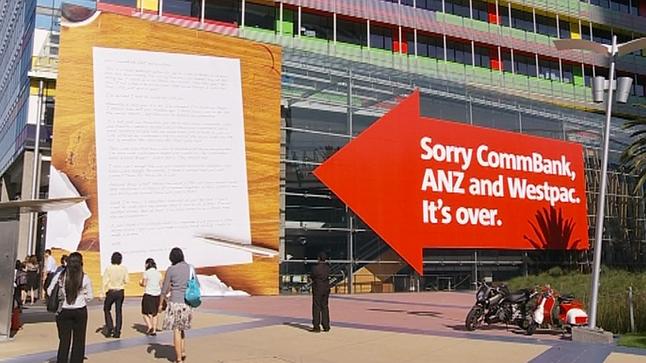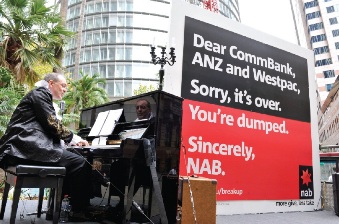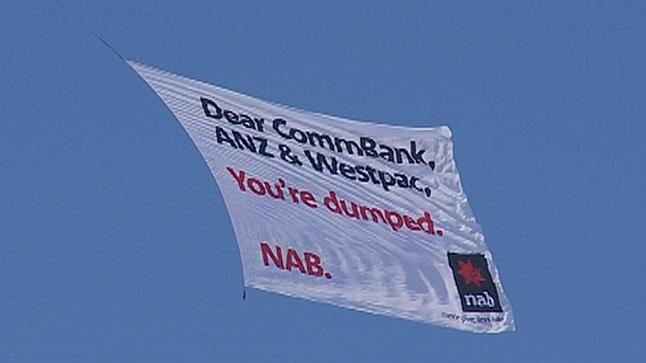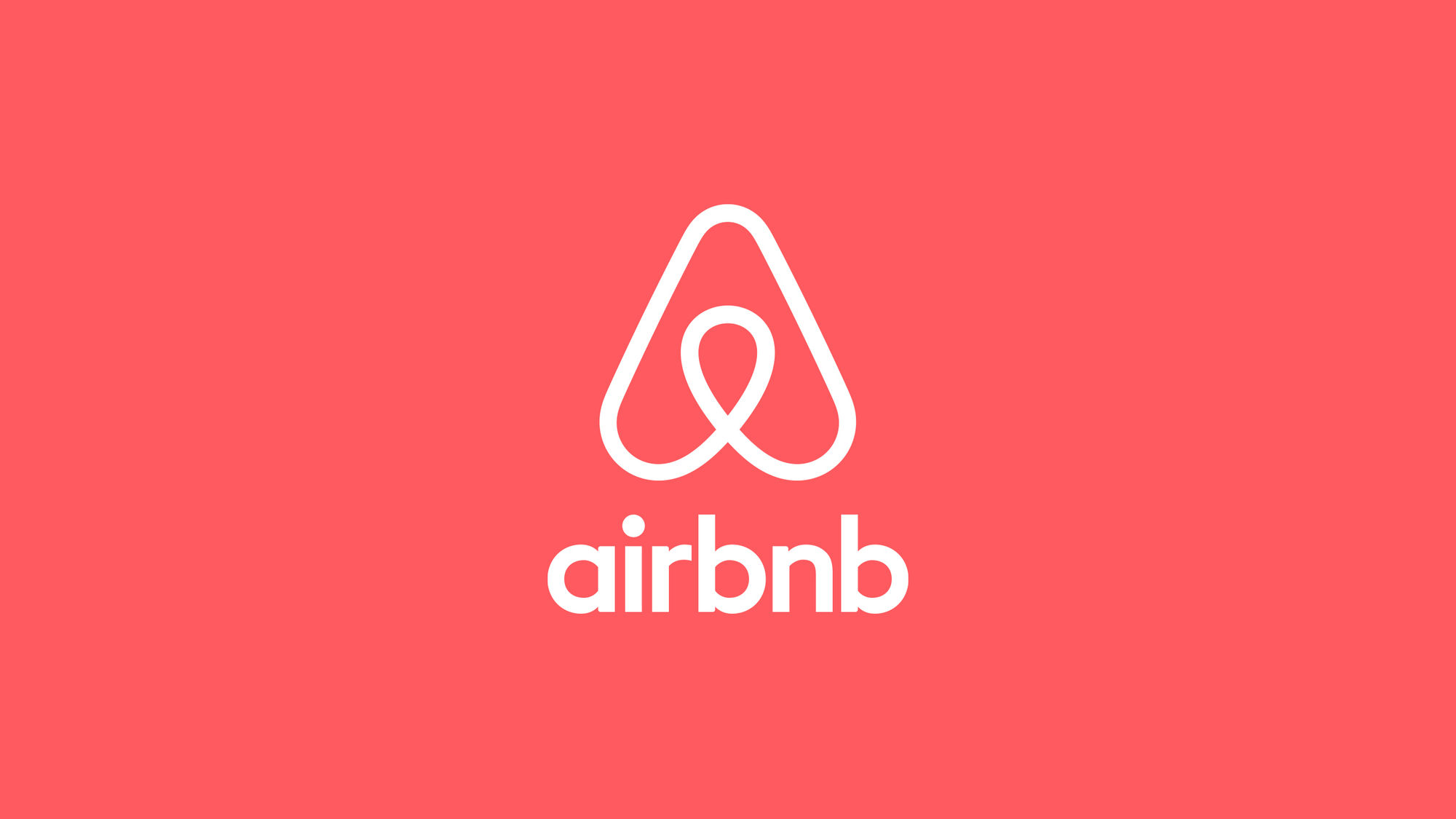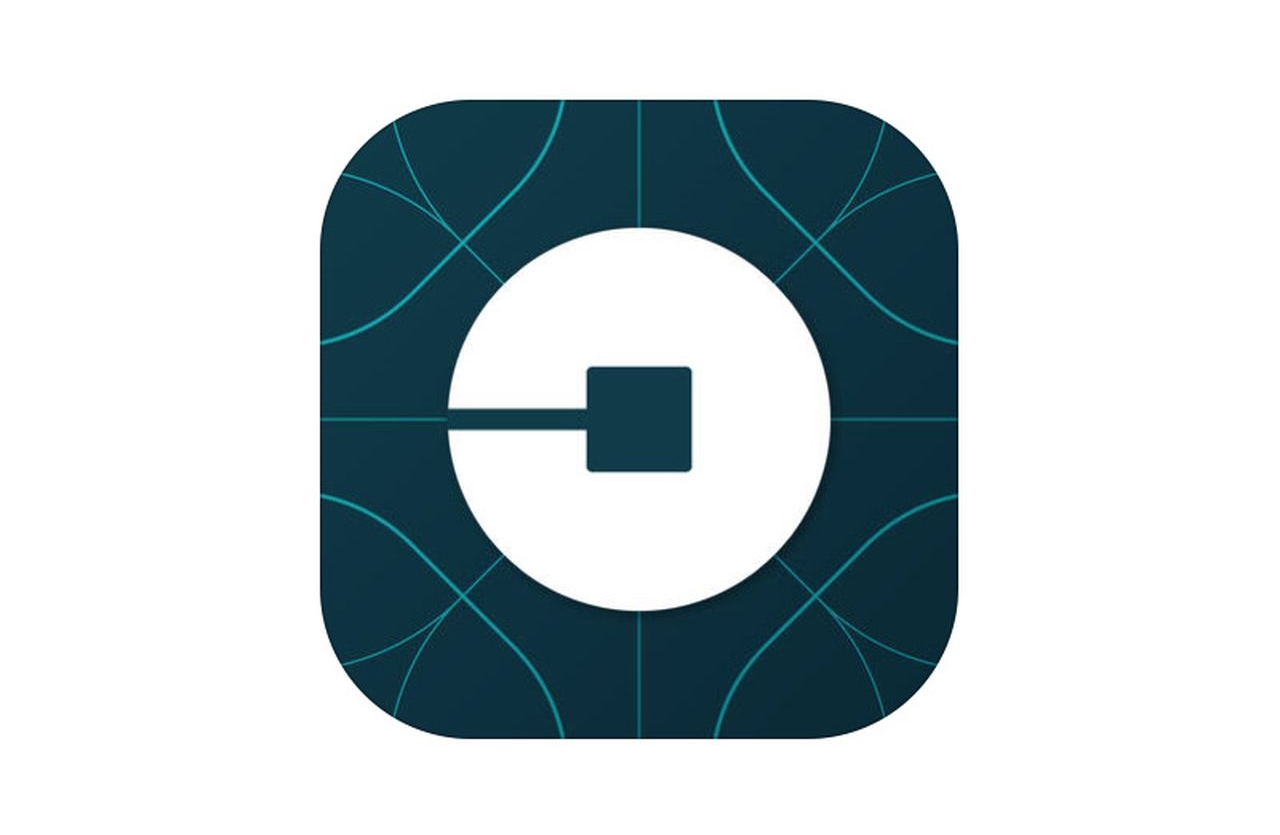WITH TALK OVER THE LAST WEEK ABOUT THE LAUNCH OF LOS ANGELES’ BID TO HOST THE OLYMPICS IN 2024—WHAT ARE THE CRITERIA FOR A WINNING BID LOGO?
Past winners
Let’s take a look at winning Olympic bid logos over past years and their accompanying Olympic emblems.
*Note—the Tokyo 2020 logo was withdrawn in 2015 due to allegations of plagiarism. Bid logos for Barcelona, Seoul and LA were not available.
What are some of the criteria for an Olympic bid logo vs. an Olympic emblem?
An Olympic bid logo needs to:
- Be able to be trademarked
- Be created within a limited bid budget and timeframe (remember this isn’t the real deal—win or no win—it will be thrown away eventually)
- Engage business, government, sponsors to raise funds for the bid
- Make a statement about the host city—an Olympic bid is surely an exercise in tourism and business, if nothing else
- Excite the host city and country, and get everybody behind the bid
- Appeal to IOC members
- Not take away from the possibilities of what could be if the bid is successful
- Be a symbol of what the bid represents—the bit people passing judgement seem to forget, what is the brand beyond the logo? What does the bid stand for?
An Olympic emblem should:
- Be original—must be able to be trademarked in all markets
- Ignite the imagination of the world—conjure up images in the mind of Olympic athleticism, the time and age, while reflecting on the character and heritage of the host city
- Be able to be licensed/merchandised—people need to buy it, wear it, love it
- Bring the brand to life
- Work across every kind of imaginable medium
- Last the test of time—an Olympic logo is launched years in advance of the actual event, it should build excitement in the lead up and during the event and become a symbol of legacy of the games
The pressure to meet these criteria is immense—the whole world is a critic.
The 2024 contenders
Let’s take a look at the bid logos for 2024.
LA 2024—the glowing pink angel has a powerful story—’follow the sun’. It is energetic, different, enlightening, definitely a crowd pleaser. It raises interesting questions about design and style when compared to an earlier 2024 bid logo by RE: and M&C Saatchi —their well thought through system and reference to LA 1984 was, modern, energetic and powerful. Where did it fall down—was it a bit like London 2012’s controversial logo which was too different for the crowd to love it?
Paris 2024—the colourful ribbons forming the Eiffel Tower are exactly what I’d expect from a candidate city bid logo—take a popular icon or land mark and wrap it in some dynamic marks. It does the job though.
Rome 2024—takes another really obvious icon but sadly is devoid of bright colour, energy and excitement. A bit of a lack lustre approach and in my view doesn’t set the benchmark very high for what’s to come from Rome’s bid.
What are your thoughts? How to you think these Olympic bid logos shape up to the criteria? Do you think these marks make a difference to the outcome of what is a politically driven process? Do you think they are original?
Originality and meeting the criteria
To create something that is original, and not just be liked, but loved by everyone—across cultures, time and place while representing the host city and the spirit of the games—is near impossible in this day and age.
The controversial Tokyo 2020 emblem is an example of this—in September 2015 it was withdrawn due to allegations of plagiarism.
The Tokyo 2020 emblem was withdrawn due to accusations that it plagiarised the Theatre De Liege logo
Anybody with experience in design of brand identity understands that similarities can and do occur. To think that a Japanese designer plagiarised the work of a Belgian designer’s logo for a theatre company is, in my view, beyond ridiculous. If you look at the simplicity of Japanese design and especially the Olympic logo of 1964—the original logo for Tokyo 2020 by Kenjiro Sano makes sense. Interestingly, the lawsuit against the Olympic committee has been withdrawn. I’m not saying whether I like or dislike Kenjiro’s logo and whether it meets all the criteria of the perfect Olympic emblem—but it makes sense.
The most shocking outcome of the whole dilemma is that the The Tokyo Organising Committee succumbed to both public pressure and the lawsuit and didn’t stand behind the emblem that it launched—losing all credibility. They since put the design out to competition to all Japanese citizens and Nationals. In December 2015 they had received 14,599 entries. They’ve now narrowed it down to 4 and are going through the trademark process. I dread to think what the outcome might be like. I know for a fact I’m vehemently opposed to this approach—it undermines our collective experience and expertise—and wastes thousands of hours of many peoples time. New Zealand’s approach to the design of its flag is another example of a whole design and brand profession being devalued. Let’s look out for the outcome of both and revisit this argument.
A winning Olympic bid logo and Olympic emblem can be nothing short of a streak of creative genius—to be truly original, meaningful and exciting while meeting the raft of criteria representing complex stakeholders, views, opinions and lastly the trademark lawyers. It takes guts and courage and I take my hat off to any one who steps up to the challenge past, present and future.
